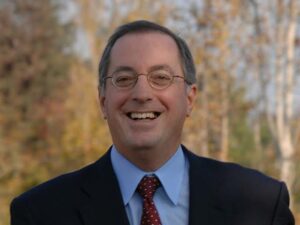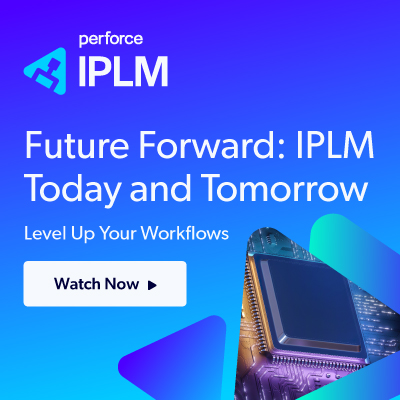
Born: October 12, 1950 – San Francisco, California, U.S.
Died: October 2, 2017 – Sonoma County, California, U.S.
Education:
-
B.A. in Economics, University of San Francisco (1972)
-
M.B.A., University of California, Berkeley (1974)
Occupation: Business executive
Known For: 5th CEO of Intel Corporation (2005–2013), leading the company during a critical transition from a PC-centric business to broader computing markets.
Early Life and Education
Paul Stevens Otellini grew up in a Catholic Italian-American family in San Francisco. His formative years were marked by discipline and a drive for academic excellence, culminating in degrees from the University of San Francisco and the Haas School of Business at UC Berkeley.
Intel Career Overview
Otellini joined Intel in 1974, starting in a marketing role. Over the next three decades, he climbed steadily through the ranks, overseeing microprocessor product development, sales, and corporate strategy. Key career milestones include:
-
1990s: Led Intel’s PC enhancement efforts during the Pentium era, navigating the 1994 floating-point division (FDIV) flaw crisis with transparency and decisive action.
-
1998–2002: Executive Vice President and General Manager of Intel’s Architecture Group, responsible for microprocessor and chipset development.
-
2002–2005: President and Chief Operating Officer (COO), overseeing Intel’s operations globally.
-
2005–2013: Chief Executive Officer, succeeding Craig Barrett.
CEO Tenure (2005–2013)
Otellini’s leadership coincided with a shifting tech landscape — the rise of mobile computing, smartphones, and cloud data centers. His notable contributions included:
-
Financial Growth: Under his tenure, Intel achieved record revenues and gross margins, surpassing $50 billion in annual revenue by 2011.
-
Product Roadmap: Accelerated the “tick-tock” processor development model, delivering major advances like the Intel Core architecture and the 22nm Tri-Gate transistor.
-
Data Center Focus: Expanded Intel’s dominance in server processors, laying the groundwork for its strong cloud computing position.
-
Apple Partnership: In 2005, secured a landmark deal for Apple to switch its Mac lineup to Intel processors — one of his most consequential strategic wins.
-
Mobile Misses: Despite efforts, Intel failed to gain significant traction in smartphone processors, losing ground to ARM-based competitors. Otellini later admitted to underestimating the potential of the iPhone.
Post-Intel Work
After retiring in May 2013, Otellini remained active in business and philanthropy, serving on the board of Google’s parent company Alphabet and supporting education initiatives through the Intel Foundation and private donations.
Death
Paul Otellini passed away unexpectedly in his sleep on October 2, 2017, at age 66, just shy of his 67th birthday.
Notable Quotes
On leadership:
“Leadership is about making the right call, not the popular one. You can’t lead by consensus if you want to stay ahead in technology.”
On risk-taking:
“You have to be willing to take a calculated risk. The worst mistake is missing the opportunity entirely.”
On innovation:
“At Intel, we don’t bet the company on one big thing. We place multiple big bets and let the market and our execution decide which ones win.”
On the Apple deal:
“Apple came to us because they needed performance and power efficiency. We made it happen, and it changed the perception of Intel.”
On missing the mobile wave:
“We looked at the iPhone and said, ‘That’s interesting, but it’s not going to move the needle.’ We were wrong.”
On Intel’s culture:
“Intel is at its best when it remembers that engineering excellence is our foundation and our competitive advantage.”
On retirement:
“I’m proud of where I left Intel. The company is financially strong, technologically ahead, and in a position to win the next wave.”
Legacy
Paul Otellini is remembered as a financially astute and strategically bold CEO who strengthened Intel’s core businesses, forged pivotal industry partnerships, and maintained a focus on technological leadership. While his tenure saw missed opportunities in mobile, his efforts in data center expansion and manufacturing innovation cemented Intel’s dominance in many markets.













Jensen Huang Drops Donald Trump Truth Bomb on Joe Rogan Podcast